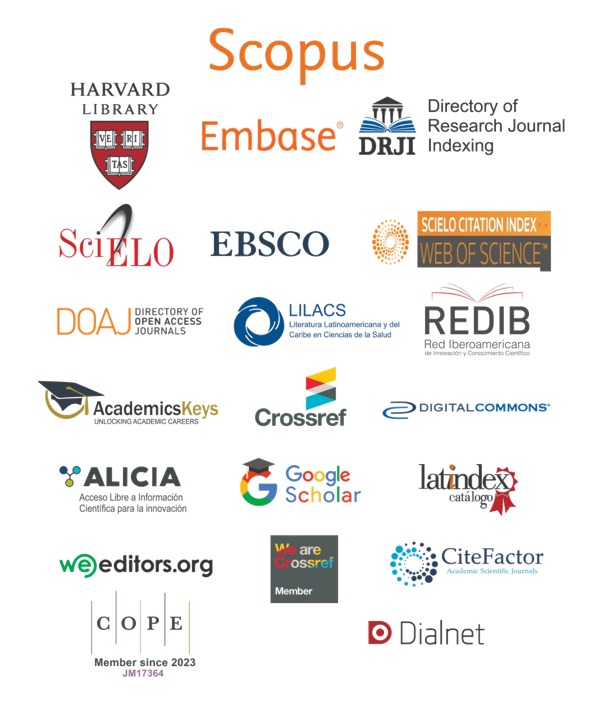Virtual medical education in Peru during COVID-19
Educación médica virtual en Perú en tiempos de COVID-19
Abstract
Medical education aims at excellence in the training of health professionals. Thus, virtual education arises from the difficulty of access of many students to educational centers. Medical education is no stranger to this transition, so it is important for both teachers and students to adopt these tools to achieve a quality teaching-learning process. There is evidence on the effectiveness and acceptance of virtual learning within the medical community, where students describe their satisfaction with this modality of education as a good option for better training. However, some educational institutions are not prepared for this change and many of them do not have virtual platforms or do not have the capacity to impart knowledge properly in a virtual way, which exposes a poor reality in this digital age. Virtual education has the challenge of training and adapting its teachers to these new teaching methods in front of its students who have already been born in a digital world. However, not all students have access at home to these technologies or connectivity necessary for virtual education, in many cases due to lack of resources for the purchase of computers or the internet, added to the limitations of those living in rural areas.
Downloads

Downloads
Published
How to Cite
Issue
Section
License
Copyright (c) 2020 Revista de la Facultad de Medicina Humana

This work is licensed under a Creative Commons Attribution 4.0 International License.





























